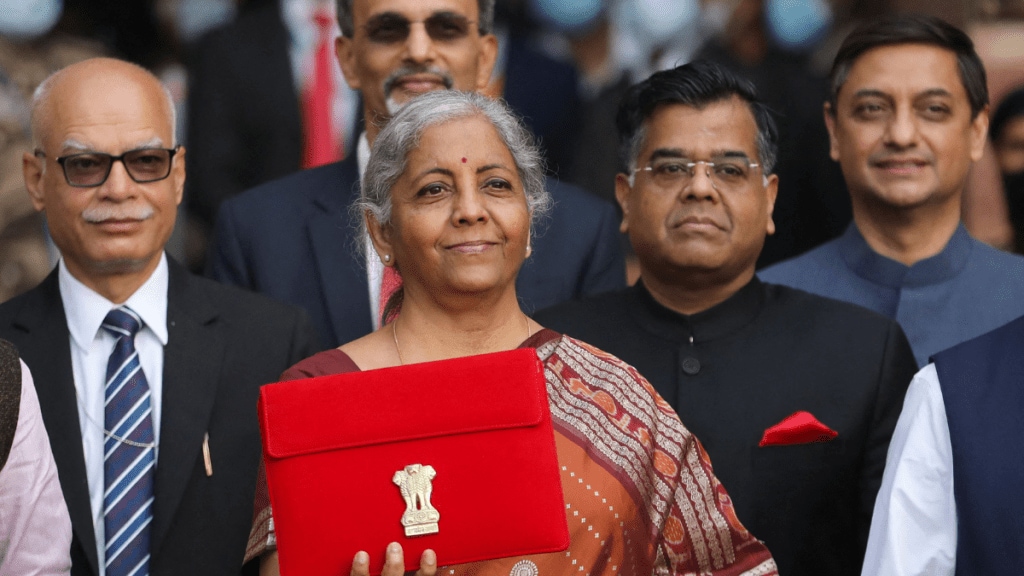Acomprehensive set of measures with an eye on youth, small and medium industries and the salaried class plus higher allocations for rural development, agriculture and allied services is expected to boost both rural and urban consumption.
Finance minister Nirmala Sitharaman pledged Rs 2 trillion to boost jobs over the next five years; allocated Rs 1.48 trillion for skill development; proposed a one-time wage for first-time employees across sectors; internship programme for youth; increased the limit of mudra loans to Rs 2 million from Rs 1 million now and provided a credit guarantee scheme for MSMEs, announcing a Rs 100-crore cover for those taking higher loan amounts.
In addition, the salaried class has been given an incentive under the new tax regime with the standard deduction increasing from Rs 50,000 to Rs 75,000.
Also, income tax slabs have been tweaked (under the new tax regime) with personal tax now kicking in from Rs 3 lakh versus Rs 2.5 lakh earlier.
“The announcements are positive from a consumption perspective. Specifically, the focus on rural development, employment generation and personal taxation will boost consumption in rural and urban areas. The focus on MSMEs, skilling and housing will have a multiplier effect from a broader economic growth perspective,” Rohit Jawa, CEO and MD, Hindustan Unilever (HUL), said.
Asif Malbari, chief financial officer of Godrej Consumer Products, said the Budget had taken a ‘holistic approach’ to economic growth. “While the focus on agricultural schemes will boost spending in non-metro markets and rural areas, investment in job creation, skill upgrade and MSME development will support consumption in urban areas,” he said.
Murali Iyer, country CFO, Ikea India, said the Budget has demonstrated commitment to supporting MSMEs and women via access to finance, infrastructure and skilling support. “Schemes such as internship opportunities for youth reflect the government’s forward-thinking approach. Tax relief measures such as increased standard deduction for salaried employees will increase disposable income for consumers,” Iyer said.
Market researchers such as NielsenIQ and Kantar have projected a faster rate of growth for rural areas versus urban areas within the fast-moving consumer goods (FMCG) market in FY24-25 on the back of a good monsoon season, which is expected to aid farm incomes and consumption of staples and discretionary items. Urban areas, said Avneet Singh Marwah, CEO, Super Plastronics, a manufacturer of consumer durables, needed attention, which the Budget has looked to address.
“The revised income tax structure and increased standard deduction will boost consumer spending nurture economic growth. The introduction of new employment incentives across manufacturing and other sectors will spur workforce expansion, which again will aid consumption. But the industry was looking for more aggressive measures aimed at increasing disposable incomes,” Marwah said.
Experts said the second half of FY25, which is the festive season, will be critical from a consumption perspective.
While 58% of India’s over nine crore income-tax payer base has shifted to the new tax regime, according to Sitharaman, 42% continue to use the old tax regime.
Tax experts said while income tax cuts benefitting users of the old tax regime would have given an even bigger boost to consumption in view of the upcoming festive season, from a longer-term window, the move may not encourage a shift to the new tax regime.
Harsh Agarwal, vice-president and MD, Emami, said a simplification of taxation is a welcome move. “The Budget focuses on multiple sectors including agriculture, rural development, MSMEs, women, youth and skill development. These initiatives will aid economic growth,” Agarwal said.


